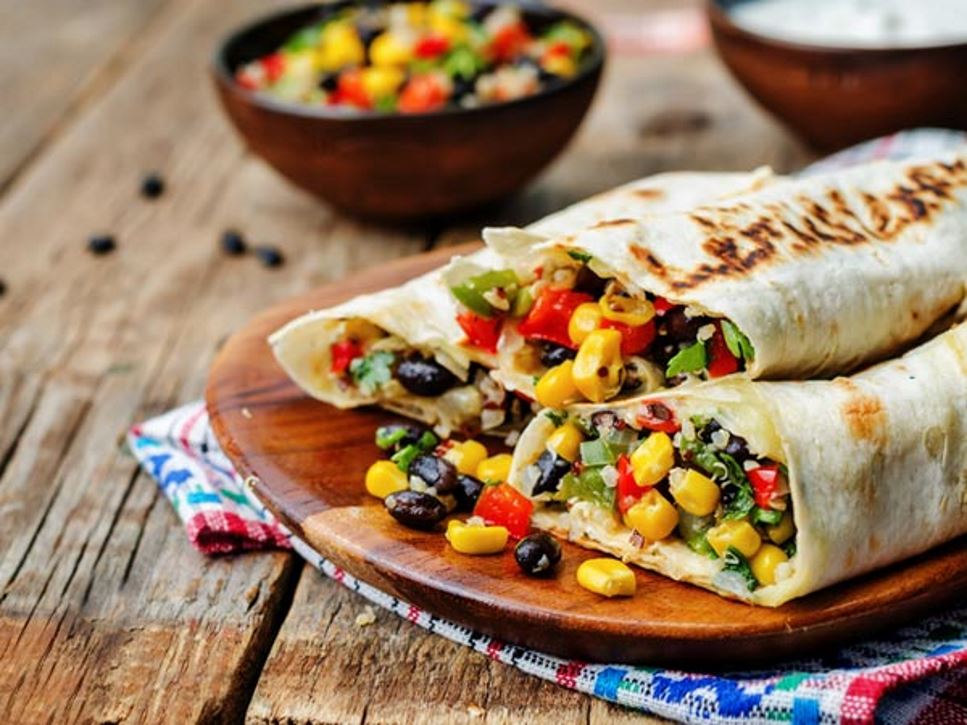Mexican food is more than quesadillas and nachos. This cuisine offers a variety of flavors, textures and spices that showcase healthful ingredients from all the food groups. Nopales, beans and peppers are just some of the nutritious choices that might be on the menu.
The following tips can help you choose foods that meet your needs, whether dining out or eating at home, without missing out on flavor.
Focus on Produce
Many Mexican favorites feature fresh fruits and vegetables. Standbys include tomatoes, peppers, avocados and mangoes — but it doesn't end there. Have you tried jicama? This crisp and slightly sweet root vegetable is an excellent source of vitamin C and fiber. Serve it in salads or as a crunchy addition to salsas. What about nopales? These prickly pear cactus paddles are a good source of dietary fiber and can be sautéed, boiled or even added to juice or salsa.
Foods such as avocado and salsa are perfect for topping off a dish. Salsas range from mild to extra spicy and are lower in saturated fat and calories compared to sour cream and cheese. Try traditional tomato-based salsa or a salsa made with fruit. Avocados are another great choice, providing heart-healthy monounsaturated fats, dietary fiber and folate.
Watch Your Portion Size
Take it easy on sour cream, cheese and crispy, fried tortillas. Large flour tortillas can be closer to three serving sizes. Instead, choose smaller taco-sized corn tortillas to keep your portion size in check.
When ordering at a restaurant, look for descriptions such as "asada" (which means grilled), "salsa verde" (a green chili sauce) and "Veracruz-style" (which means it includes a tomato sauce). And don’t be afraid to ask for sauces and toppings to be served on the side.
Twist and Spice
When it comes to Mexican eats, adding flavor with minimal fat, calories and sodium is as simple as a twist of lime, a dash of cilantro and a sprinkle of chilies. Look for limón, a relative of Key lime, for a traditional take.
At home, make tortillas with canola oil instead of lard. Mash boiled beans and add lime juice or vegetable broth to give them the texture of refried beans.
For cilantro, chop the leaves and use fresh, or use the dried seeds (coriander) whole or ground.
Chilies also are used dried or fresh and come in many varieties, such as jalapeño, poblano, chipotle, serrano and habanero, just to name a few. As a general rule, the larger the chili, the milder it is. Add them to just about anything — soups, meats, salsas — for a punch of flavor and vitamins A and C.
References
Find a Nutrition Expert
Looking for credible nutrition information and recommendations? The Academy of Nutrition and Dietetics' network of credentialed food and nutrition practitioners are ready to help!

